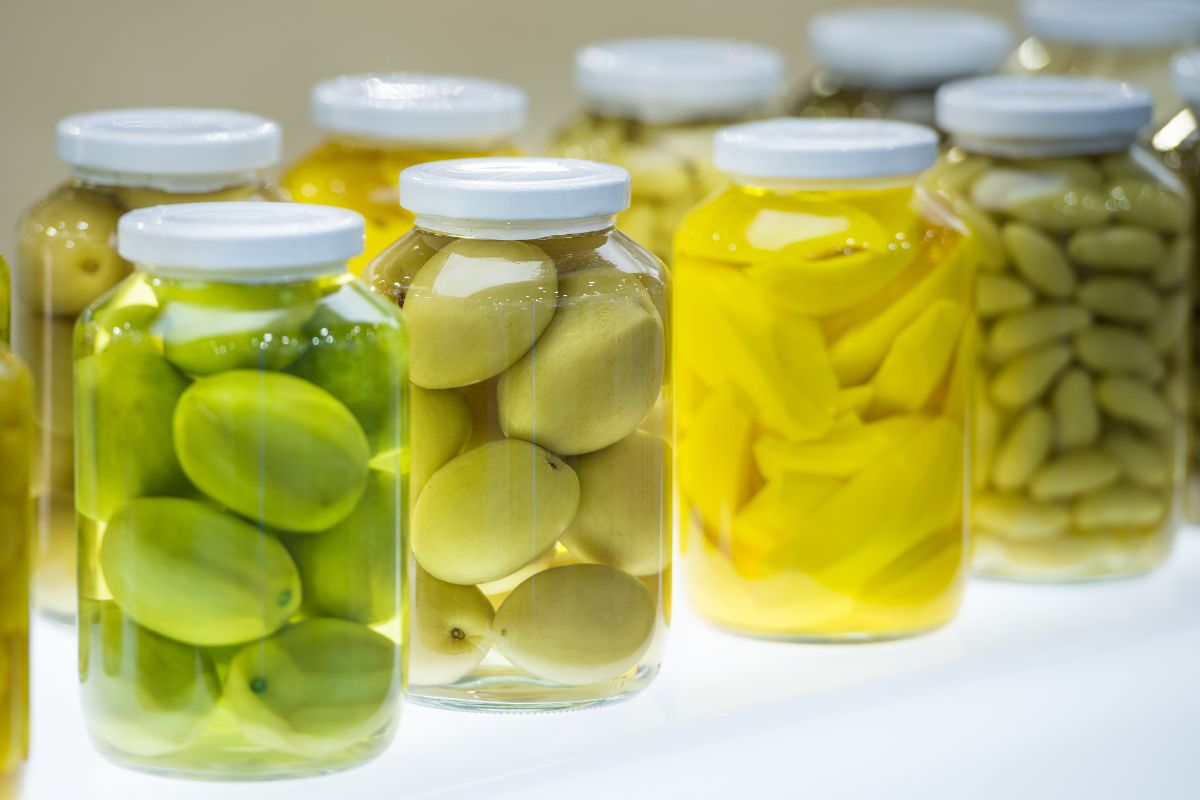Pros and Cons of Bottled and Jarred Packaged Goods

When you’re shopping for food or pantry items, the way something is packaged often plays a big role in what you choose. Bottled and jarred goods have been part of everyday life for generations. Whether it’s pickles in a glass jar, peanut butter in a plastic tub, or juice in a bottle, packaging choices affect freshness, convenience, storage, and even the environment.
Understanding the strengths and weaknesses of these common packaging methods can help you make smarter purchases. Whether you’re shopping for your family, meal prepping for the week, or thinking about how much waste you’re producing, it helps to know what you’re really getting from bottled and jarred items.
What This Article Covers
This post breaks down the everyday pros and cons of bottled and jarred packaged goods. From how they keep food fresh to how easy they are to recycle, we’ll walk through key points that matter to most shoppers. You’ll get a better sense of how each type fits into your lifestyle—and when one might be better than the other.
Why Packaging Choices Matter
The way food is stored affects more than just how long it lasts. It also impacts taste, safety, ease of use, and sustainability. Bottled and jarred products are everywhere—on grocery store shelves, in our kitchens, and often in the trash or recycling bin later.
Some people prefer jars because they’re reusable and often made from glass. Others stick with bottles for convenience, especially if they’re lighter and don’t break. But beyond personal preference, both types of packaging come with trade-offs worth considering.
Pros of Bottled Goods
Bottled goods, especially those made with plastic, are lightweight and easy to carry. This makes them practical for on-the-go items like water, sauces, or salad dressings. Many bottles also come with secure lids that prevent spills, which is helpful for travel or packed lunches.
Plastic bottles are also usually cheaper to produce and ship, which can help keep costs down for consumers. They’re widely available and often come in multiple sizes, so you can buy just what you need.
Glass bottles offer a higher-end feel and are often used for drinks like kombucha, specialty oils, or premium juices. They tend to preserve flavor better than plastic and don’t carry any risk of leaching chemicals into the contents, even over time.
Cons of Bottled Goods
Plastic bottles create a lot of waste. While some are recyclable, many end up in landfills or as litter. It takes energy to produce and dispose of plastic, and the recycling process isn’t perfect. Plus, not all types of plastic bottles are accepted by local recycling programs.
Glass bottles are heavier and more fragile. They can break during shipping or when dropped. This makes them harder to store and carry, especially if you’re stocking up or traveling. They’re also typically more expensive to manufacture and buy.
If you’re looking for resealable options, plastic bottles tend to do better. But once they’re open, they don’t always keep the product as fresh for as long as jars do.
Pros of Jarred Goods
Jars, especially those made of glass, offer strong sealing capabilities. Once sealed, they help keep food fresh for a long time. That’s why jars are often used for canned vegetables, sauces, jams, and spreads.
Glass jars are also reusable and recyclable. Many people keep them around for homemade sauces, leftovers, or dry goods like rice or beans. They don’t hold odors or stains, making them a good long-term storage option.
For pantry storage, jars make it easy to see what’s inside. This transparency is great for organizing shelves and tracking what you have on hand.
Cons of Jarred Goods
Glass jars are bulky and can be hard to store, especially if you’re tight on space. Their weight makes them less ideal for large quantities, and like glass bottles, they’re prone to breaking if dropped.
Opening sealed jars can also be tricky. Anyone who’s wrestled with a vacuum-sealed lid knows the struggle. Plus, once opened, some jarred items may need to be refrigerated right away and used quickly to avoid spoilage.
Plastic jars, which are lighter, solve some of these problems but raise similar concerns to plastic bottles when it comes to environmental impact and potential chemical leaching.
Which One’s Better for the Environment?
Glass generally has a better reputation for sustainability because it’s fully recyclable and doesn’t break down into harmful microplastics. But it also requires more energy to produce and transport due to its weight.
Plastic, while easier to transport and cheaper to produce, causes bigger problems with pollution. Not all plastic gets recycled, and the production process relies on fossil fuels.
If you’re trying to reduce waste, reusing glass jars is a simple way to start. For those who need lightweight packaging for mobility, plastic bottles might still be the practical choice. It often comes down to how you use and dispose of them.
How Packaging Affects Food Safety and Taste
The material used in packaging also affects how well food stays fresh. Glass is non-reactive, which means it doesn’t alter the taste or quality of the food inside. That’s why things like tomato sauce, which can be acidic, are often sold in glass jars rather than plastic.
Plastic can sometimes absorb odors and flavors, especially if it’s reused or exposed to heat. That’s one reason why cold beverages are often preferred in glass bottles—they simply taste better and feel crisper.
When safety matters—especially for baby food or long-term storage—glass jars are often the go-to. They’re easier to sanitize and have a long shelf life.
Practical Tips for Shoppers
Think about how you plan to use the item. If it’s something you’ll take with you on trips or pack into a lunchbox, a plastic bottle might be more convenient. If it’s something you’ll store at home and use over time, a glass jar might be the better pick.
Check the labels for recycling symbols. Not all bottles and jars can go in your curbside bin, and improper sorting can lead to more landfill waste. If you can reuse a container instead of tossing it, that’s even better.
Look for brands that use post-consumer recycled materials or offer returnable glass packaging. These small choices can add up over time and make a positive difference.
Bottled and jarred goods both have their place on the shelf. They offer different benefits depending on how you live, shop, and store food. By understanding the pros and cons, you can make smarter choices that suit your needs—whether you’re thinking about convenience, freshness, or environmental impact.





